Winning tip: Moly, Ratty and more, Essex
I love to walk and be surrounded by nature but my children not so much. One thing we all love is the Wind in the Willows so when we saw there was a trail at Hanningfield reservoir in Essex, I was keen to try and get their little legs moving so we packed a picnic and set off in pursuit of Mr Toad and the gang. We bought a map for £1 which my youngest loved as it made him feel like a pirate! The walk was enjoyed by all as we excitedly spotted our favourite characters brilliantly carved from wood. Later we borrowed binoculars from the visitor centre to spot birds, which was an added bonus and extended the day nicely.
Tania Compton
Heart of Scott country, Scottish Borders
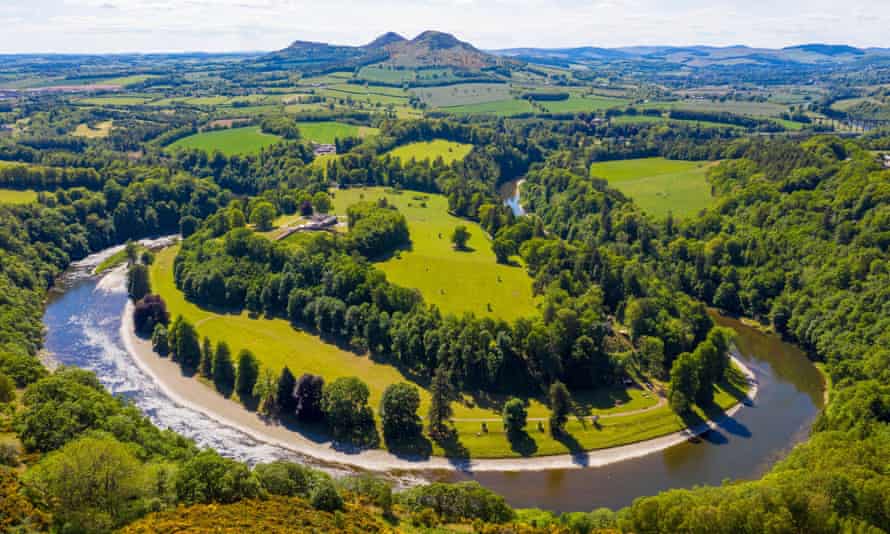
Stringing together places in the Scottish Borders associated with novelist and poet Walter Scott makes for a superb bike ride. Start in Melrose at Abbotsford, his early 19th-century home, superbly preserved and packed with artefacts. Rest at Scott’s View, one of his favourite spots which looks out towards the Eildon Hills, en route to Dryburgh Abbey where’s he buried. Next up is the Smailholm Tower, perched on a rocky outcrop and next to a farmhouse where Scott lived as a boy with his grandparents. Finish at Jedburgh with its courthouse which Scott regularly visited as an advocate.
Paul Kirkwood
Funerary fun, Isle of Harris

Coffin Road, a mini coast-to-coast on the Isle of Harris in the Outer Hebrides, is a well-worn path trodden from centuries ago. Pall-bearers carried their dead from the rocky and rugged bays in the east to burial sites on the machair beaches in the west. Cuckoo calls bounce off the craggy hills like a ping-pong ball, and there are often golden eagles circling overhead as you follow in the footsteps of the funeral procession. This heritage route has subsequently been immortalised by the author Peter May, who mixes murder, mystery and memory in his novel Coffin Road.
Vanessa Wright
Spooky sculptures, West Yorkshire

Finding chainsawed wood sculptures within the St Ives Estate at Bingley is tremendous spooky fun. They peer out from where they’re lurking among the branches and bracken. Look out for goblins, witches, a hooded monk, the grim reaper and Lady Blantyre. She was the wife of William Busfield Ferrand, whose family owned the estate for three centuries from 1636. The trails also include an obelisk commemorating William, a jumble of flat-topped gritstone rocks known as the Druids Altar, a former boating lake and cafe.
Paul Kirkwood
There once was an artist named Dan … east London

In the London Borough of Limericks, otherwise known as Waltham Forest, we followed a “poetic street art treasure hunt” created by Angry Dan, a Walthamstow-based poet and painter. The map shows the location of nine limerick murals dotted around the borough: the Pumphouse Museum has an appropriate steam/mechanical ditty, a wall at a community arts centre was covered in a large blue whale with environmental themed limerick, and a mural near the market had fruity puns:
Honeydew, think I’m cute?
Of course, sugarplum, you’re a beaut!
Then let’s wed, I declare,
We’d make a great pear.
I’m sorry I just canteloupe
They’re big, bold, colourful and fun and a joy to find.
Roy Messenger
Fantastical forest, Nottinghamshire
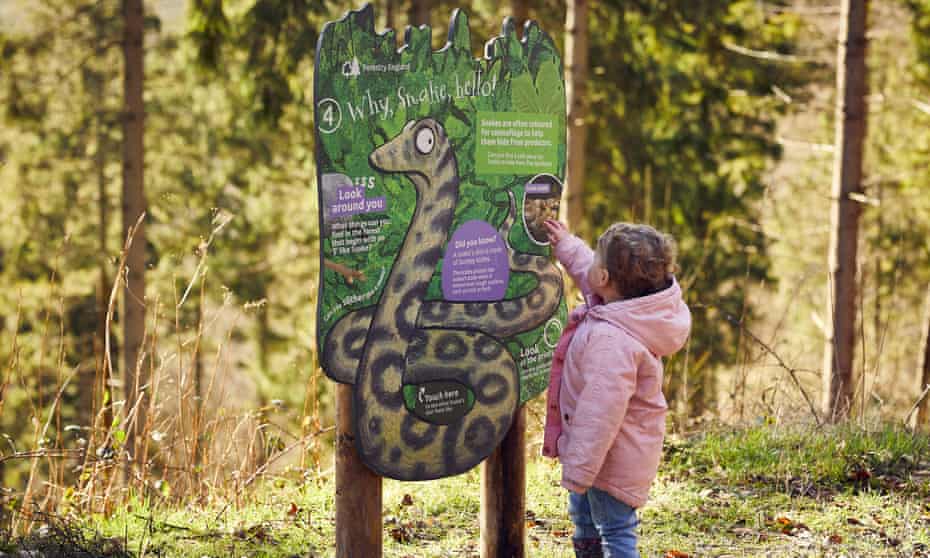
The Gruffalo Trail at Sherwood Pines is fantastic. It begins at Mushroom Village, a lovely playpark with equipment for various ages. If you can prise little ones away, they can follow signs to spot the Gruffalo characters – and they’re rewarded with even more playparks along the route. To reward yourself, the trail ends up at the cafe or there are plenty of benches and open areas to have a picnic. It’s not crucial, but a map and certificate costs £1.50 from the visitor centre – groups of up to 30 people are now allowed to visit. Parking costs from £3.
Natalie Ahmed
Maud’s Mosaics, London
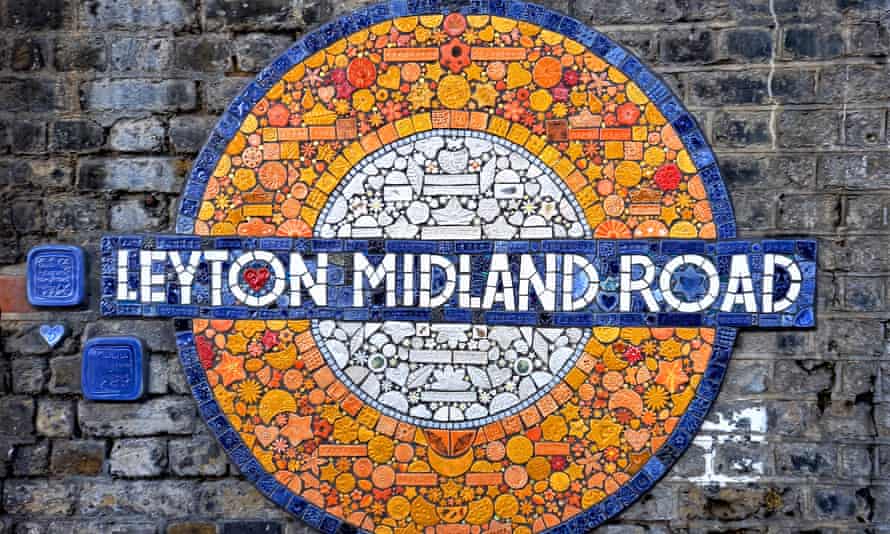
Maud Milton has been producing mosaics for many years and with the aid of her Mosaic Trail Map, you can now walk and cycle around east London and find these wonderful outdoor pieces of art: accessible 24 hours and free. As well as peacocks, birds and flowers, there are now iconic London station mosaic roundels. They’ve been made by all ages and abilities within the community and those who got involved love spotting a tile they’ve either pressed or laid into the design. They’re at a child-friendly height and are bright, colourful and tactile.
Helen Jackson
Tramping the Shire, Lancashire
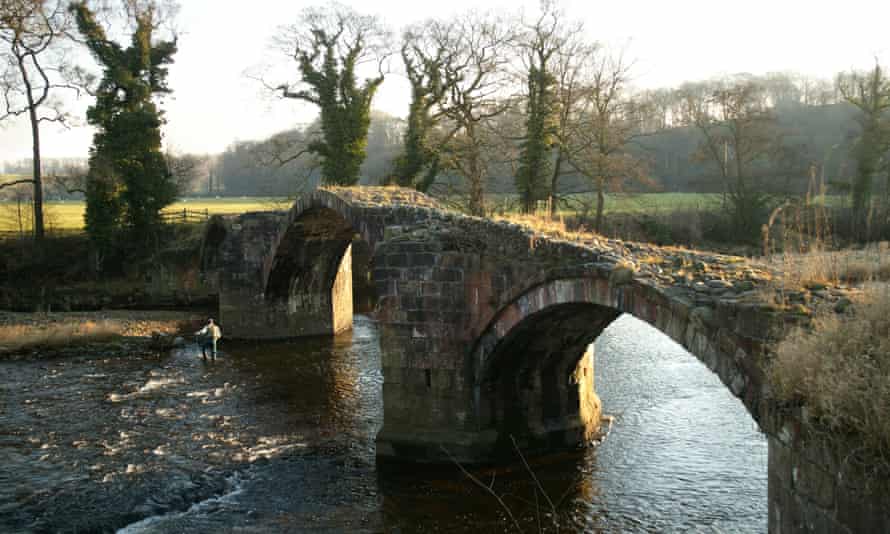
We recently discovered the In the Footsteps of Tolkein trail, a circular 9km Ribble Valley ramble and it has everything that you could want from a themed walk. There’s the splendour of Stonyhurst College – where JRR Tolkien wrote much of the Lord of the Rings – and the nearby woodland that stirs up memories of his works. There are pristine pebble beaches along the River Hodder, an old ferry crossing at Hacking Hall and it all ends with rolling green hills and a precious pint at the Shireburn Arms in Hurst Green. The route starts at Hurst Green and maps are available online or from the pub.
Adam McCulloch
Profile
Readers’ tips: send a tip for a chance to win a £200 voucher for a Sawday’s stay
Show
Guardian Travel readers’ tips
Every week we ask our readers for recommendations from their travels. A selection of tips will be featured online and may appear in print. To enter the latest competition visit the readers’ tips homepage
–
Once upon a time in Loch Lomond
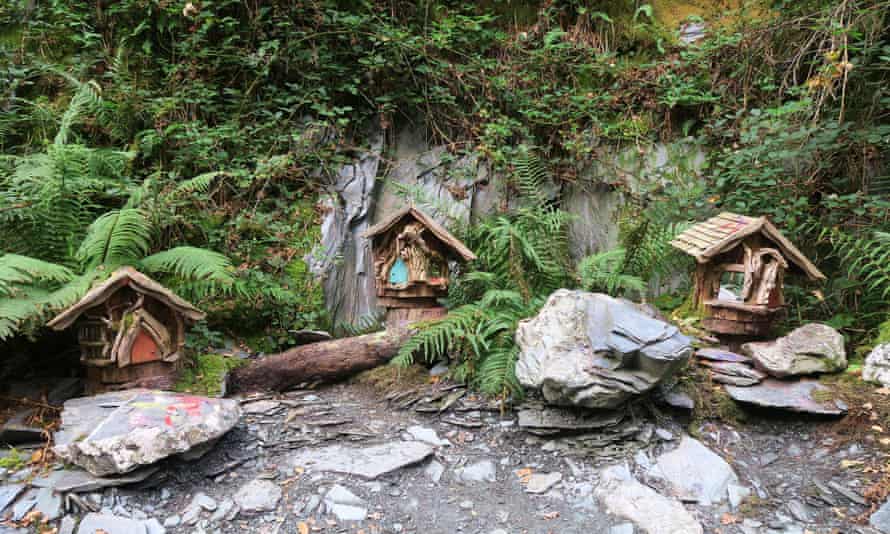
The Loch Lomond Faerie Trail is set in the idyllic village of Luss. It’s full of surprises and a great hit with the kids, who will enjoying spotting fairies, trolls and unicorns among the knobbly trees and slippery slopes. Adults will appreciate the views over hills and loch. Adult £4, child £5, under-twos free. It takes up to about two hours to complete.
Eilidh Donnell
Art cycle, Northumberland
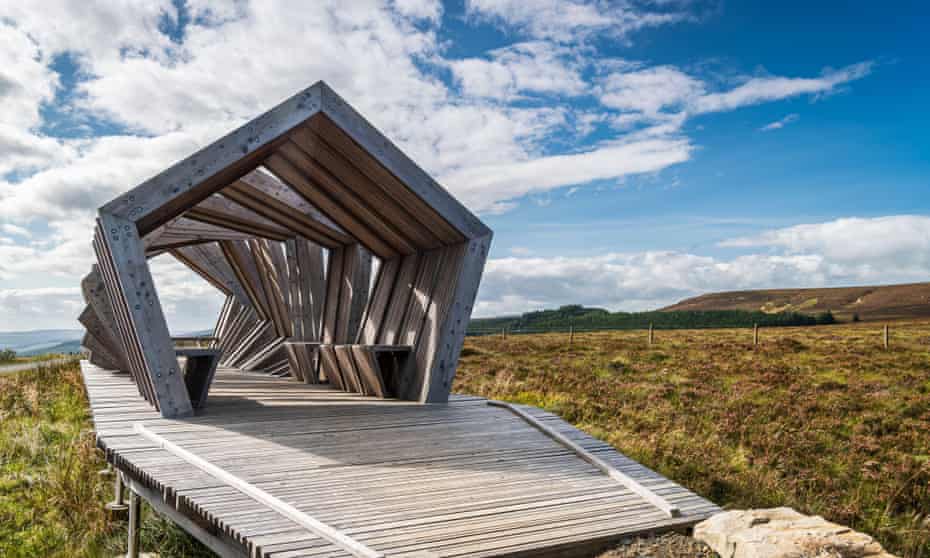
Take your bikes to Kielder Water and start pedalling from Kielder Castle visitor centre (where there is also a bike hire centre with hybrids from about £35 a day). There is a good 25 or so miles of path to explore and you can’t get lost while you can enjoy the art installations. Some of them are looking a bit weathered now but are still good to see. I’d advise taking some insect repellant and a picnic. Many of the installations and pieces of architecture, including the giant head Silvas Capitalis, the Janus Chairs and the Salmon Cubes, are accessible from Lakeside Way. The Nick is high on Forest Drive, a lovely spot. See the trail guide.
Pamela Taylor
Saffron splendour, Essex
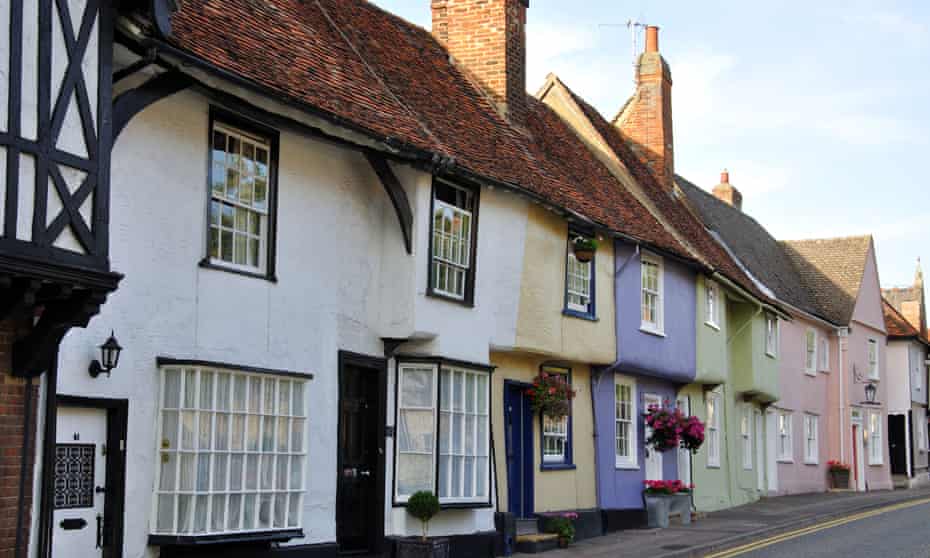
Saffron Walden’s Town Trail starts at the market square. Points of historical interest are marked by pavement plaques, the design including a saffron crocus. It was trade in the locally grown saffron that led to the north-west Essex town’s prosperity in the middle ages, reflected in its impressive array of timber-framed buildings, and explains its name: it was formerly known as Chipping Walden. Look out for the Old Sun Inn with its striking pargeting – a form of decorative plasterwork – a 17th-century “spider” window opposite Myddleton Place and the restored Bridge End Gardens – well worth a linger.
Sharon Pinner





